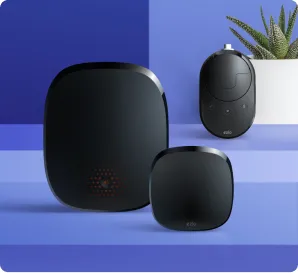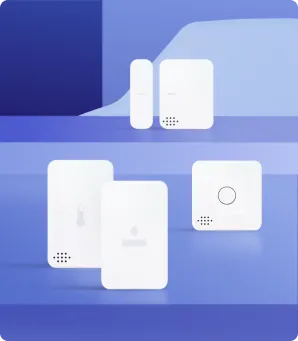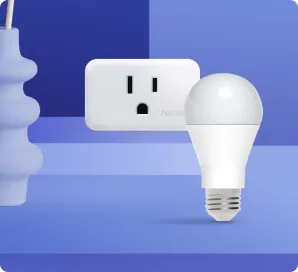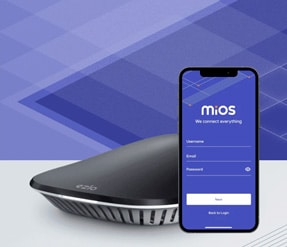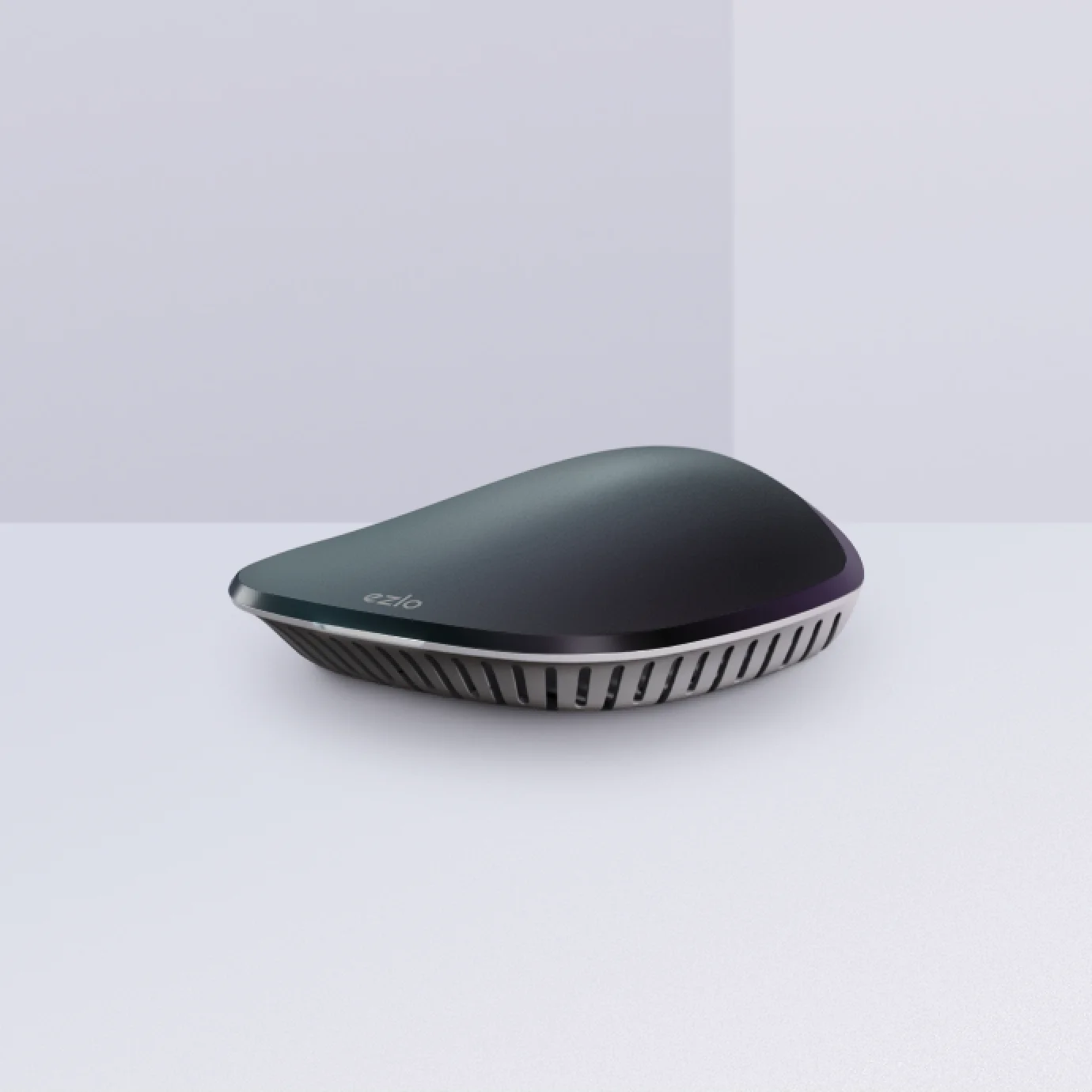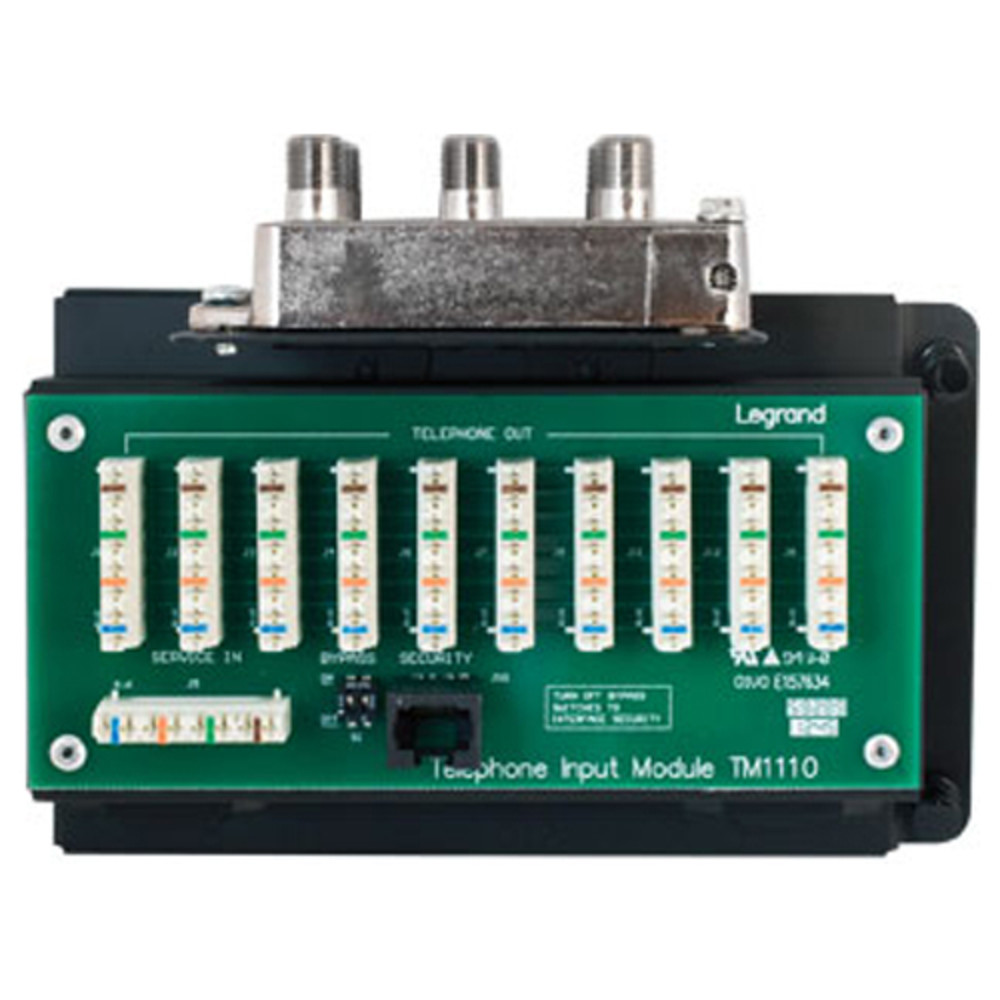What they won’t tell you about intelligent home login solutions
Lighting bulbs, window & door locks, lighting fixtures, cooling & heating systems, refrigerators, security cameras, ovens, and motion sensors can now be connected to one system. Such intelligent home login solutions make it easy for homeowners to control everything. The best part is that users can control it remotely from any part of the world.
Ultimately, the ideal intelligent login solution you choose for your home depends on the automation level you want and need. Having the right solution means you can control your home remotely using your smart mobile device. It also gives you peace knowing that there’ll be a quick response from authorities in any emergency.
Here are some tips on securing your smart home solution and finding out if it is possible to upgrade an old home to a smart one.
Keeping your intelligent home login solutions and connected devices safe
The current intelligent home scene is somewhat daunting, with myriad standards and ecosystems to navigate without forgetting the many different devices available. Here is a guide on ensuring that the home security system you choose keeps you and your connected devices safe.
Switch off unused features
Innovative home login solutions come pre-installed with many different features. In many cases, users only need about half of those features. It is advisable to turn off all other unused features.
Do your homework
Before purchasing, ensure that you do your research well. There are manufacturers whose products give better security than others.
Choose the same brand.
A mix-and-match for smart home devices doesn’t always give the best outcome. Avoid possible security holes by settling for a single intelligent home infrastructure.
Update the passwords
If your intelligent home login solution is password protected, make sure that you change the password as soon as the device has been handed over to you by the installers. Default passwords have been a major cause of security breaches in these smart devices.
Create guest networks
Creating guest networks ensures that your devices are separated from the other networks. The good news is that most routers now support having multiple networks. Their setup is also simple.
Keep your router secured.
Keeping the router safe is very important as the router is the doorway to the entire security system. As such, keeping it well-secured is a must. You can do this by giving the router a unique name, assigning a strong password, and using security software to prevent potential attackers. The software should also always be in its latest update.
Two-factor authentication activation
Two-factor authentication is an extra security layer for all connected devices. If the intelligent home login solution has it, use it.
Power outage checks
Whenever there’s a power outage, ensure that you’ve checked the security system as soon as the power is back. Power outages can sometimes wipe out the home security system settings. You can update the passwords after a power outage to increase your security.
Z-wave or Zigbee for intelligent home login solutions?
These are wireless technologies that are used in the connection of intelligent home login solutions to the internet and to one another. Smart devices have to be connected to the internet to get app commands. As such, if the device isn’t near the router, there’ll be a weak signal hindering the device from receiving instructions.
This is where Zigbee and Z-Wave come into play. These technologies make it possible for smart home devices to have a solid connection via a mesh network. They work by hopping the signal from one device to the other until the signal reaches its intended devices. That way, the device will get its message loud and clear no matter the distance.
While Zigbee and Z-Wave have been used to connect intelligent devices, Zigbee is the better choice. Even so, Z-wave also has its pros and cons, as does Zigbee.
Zigbee
Pros
- Is faster
- It can handle multiple devices in a mesh network
Cons
- Consumes more power
- Obstructs Wi-Fi
Z-Wave
Pros
- Does not obstruct Wi-Fi
- Consumes less power
Cons
- Is slower
- Can obstruct cordless baby monitors and landline phones
Conclusion
While homes get smarter by the day, the same cannot be said for these intelligent systems’ security. Security experts have warned smart device users of impending security risks associated with their use for a long time.
However, this does not mean that people should stop using smart home devices. By utilizing the correct proactive steps, you could have it all. Privacy and security can coexist with the convenience of having intelligent home devices.

